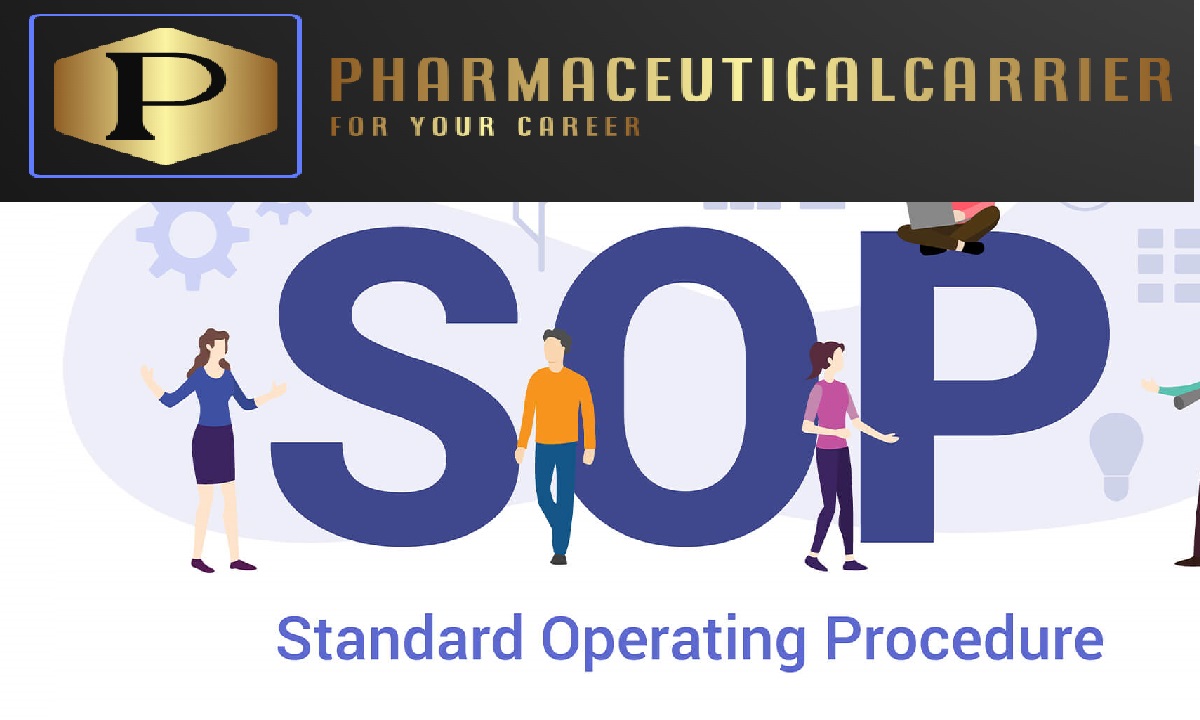“Discover precision and reliability with our High-Performance Liquid Chromatography (HPLC) calibration services. Our expert team ensures accurate results through a systematic calibration process, adhering to industry standards. Trust us for meticulous HPLC instrument calibration, providing you with confidence in your analytical outcomes.”
- Home Posts tagged "data analysis"
Pharmacareer Analytical Accuracy, Analytical Instruments, Calibration Report, Calibration Services, Chromatogram Analysis, Chromatographic Columns, data analysis, Detector Calibration, Gradient System Calibration, HPLC, Injection System Calibration, laboratory equipment, Laboratory Standards, Liquid Chromatography, Precision Calibration, Pump Calibration, quality assurance
Pharmacareer Bracketing, data analysis, Discover, Drug Development, Global Harmonization, ICH Guidelines, industry standards, Matrixing, Pharmaceutical Development, Product Quality, Q1E, regulatory approval, Regulatory Compliance., shelf life determination, stability study design, stability testing
Discover the significance of ICH Guidelines Q1E in pharmaceutical stability testing. Learn about the guideline’s role in harmonizing global standards, ensuring product quality, and facilitating regulatory approval. Explore key components such as stability study design and data analysis, and understand the flexibility offered for implementation. Stay informed about updates and embrace ICH Q1E to enhance the credibility of stability data, contributing to the safe and effective delivery of pharmaceutical products worldwide.
Pharmacareer Compliance, Data Accuracy, data analysis, Data Collection, data integrity, Data Quality, Laboratory Practices, quality control, record-keeping, SOP
This Standard Operating Procedure (SOP) outlines detailed guidelines for conducting quality control checks and ensuring data integrity within a laboratory or data-intensive environment. It covers data collection, entry, quality control checks, record-keeping, and compliance with industry standards, with a focus on maintaining data accuracy and reliability.
Pharmacareer analytical chemistry, chromatography, data analysis, Detector Issues, HPLC, Laboratory Procedure, maintenance, Pump Issues, quality control, SOP, troubleshooting
This Standard Operating Procedure (SOP) provides a detailed guide for diagnosing and resolving common High-Performance Liquid Chromatography (HPLC) issues in the laboratory. Properly addressing issues related to chromatography, pumps, detectors, and data analysis is essential for maintaining the accuracy and reliability of HPLC results.
Pharmacareer analytical chemistry, Analytical Testing, chromatography, data analysis, HPLC, HPLC Performance, Laboratory Procedure, Laboratory SOP, quality control, SST Criteria, System Suitability Tests
This Standard Operating Procedure (SOP) outlines the criteria and procedures for conducting System Suitability Tests (SST) to ensure the performance of an HPLC system. It covers essential aspects of HPLC system suitability, including resolution, retention time, and peak shape criteria. This SOP ensures the accuracy and reliability of analytical results in the laboratory.
Pharmacareer acceptance criteria, analytical methods, chromatography, data analysis, HPLC, laboratory procedures, pharmaceutical analysis, recordkeeping, SOP, System Suitability Test, System Suitability Test for HPLC Analysis.
Explore a comprehensive Standard Operating Procedure (SOP) for conducting the System Suitability Test (SST) in High-Performance Liquid Chromatography (HPLC) analysis within [Company Name]. This SOP provides step-by-step guidance on preparing, conducting, and documenting the SST, ensuring the reliability of analytical results in pharmaceutical analysis.
Pharmacareer data analysis, documentation, equipment calibration, laboratory procedures, pH meter calibration, quality assurance, Safety Precautions, SOP, temperature sensor
Explore a comprehensive Standard Operating Procedure (SOP) for the calibration of pH meter temperature sensors within [Company Name]. Learn the step-by-step procedures, safety precautions, and recordkeeping guidelines to ensure accurate and reliable temperature measurements for precise pH readings.
Pharmacareer change control, data analysis, installation qualification, operational qualification, performance qualification, process validation, qualification, regulatory compliance, SOP, validation protocol, validation report
Understand the essential steps of process validation with this comprehensive Standard Operating Procedure (SOP). Learn about planning, qualification, documentation, and revalidation to ensure consistent product quality and regulatory compliance within your organization.
Pharmacareer ASQ Certification, Belts in Six Sigma., Black Belt, Certification Types, Champion, continuous improvement, CTQ Tree, data analysis, Design for Six Sigma, DFSS, DMAIC, FDA guidance, Green Belt, IASSC Certification, Leadership in Six Sigma, lean, Lean Six Sigma, Master Black Belt, Pharmaceuticals, Problem-Solving, process improvement, Project Management, Quality Management, root cause analysis, Six Sigma, Six Sigma Levels, Statistical Tools, White Belt, Yellow Belt
“Explore the comprehensive guide to Six Sigma methodologies, including DMAIC, CTQ Tree, and Root Cause Analysis. Learn about the various Six Sigma certification levels – White Belt, Yellow Belt, Green Belt, Black Belt, Master Black Belt, and Champion. Discover the integration of Lean principles and Design for Six Sigma (DFSS). Gain insights into the certification process offered by ASQ and IASSC. Elevate your understanding of quality management, process improvement, and data-driven decision-making in the world of Six Sigma.”




